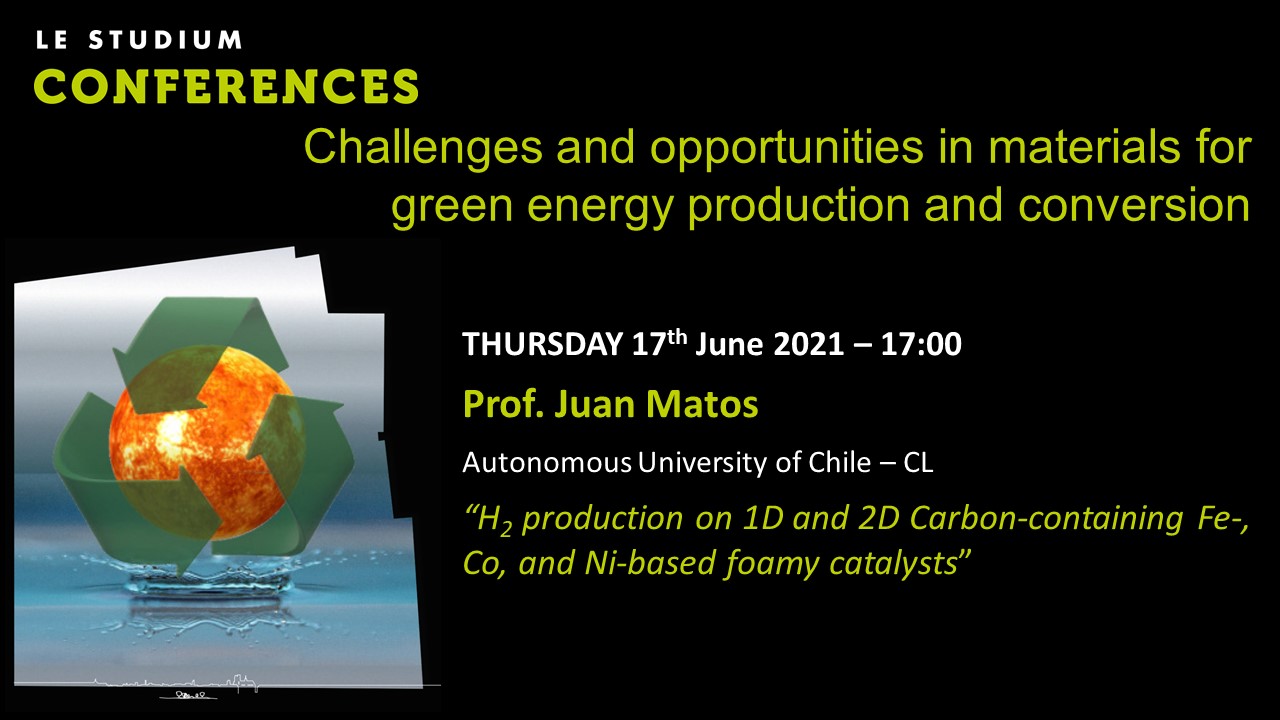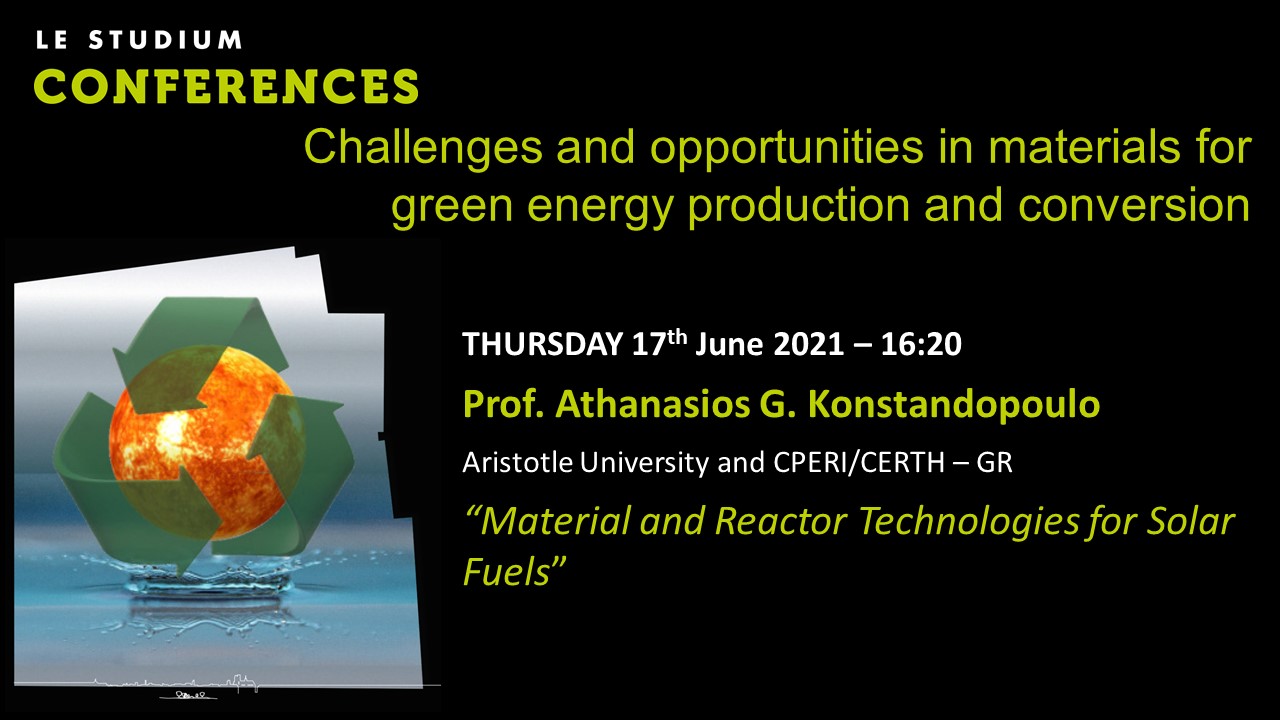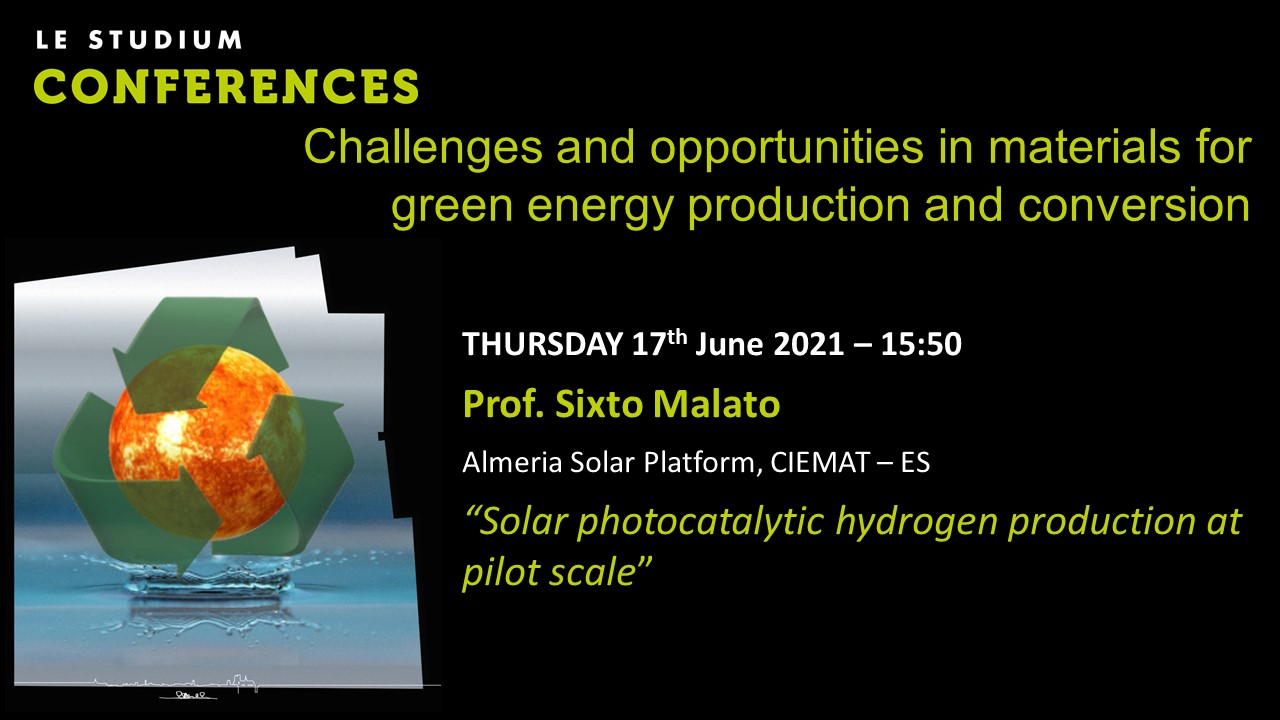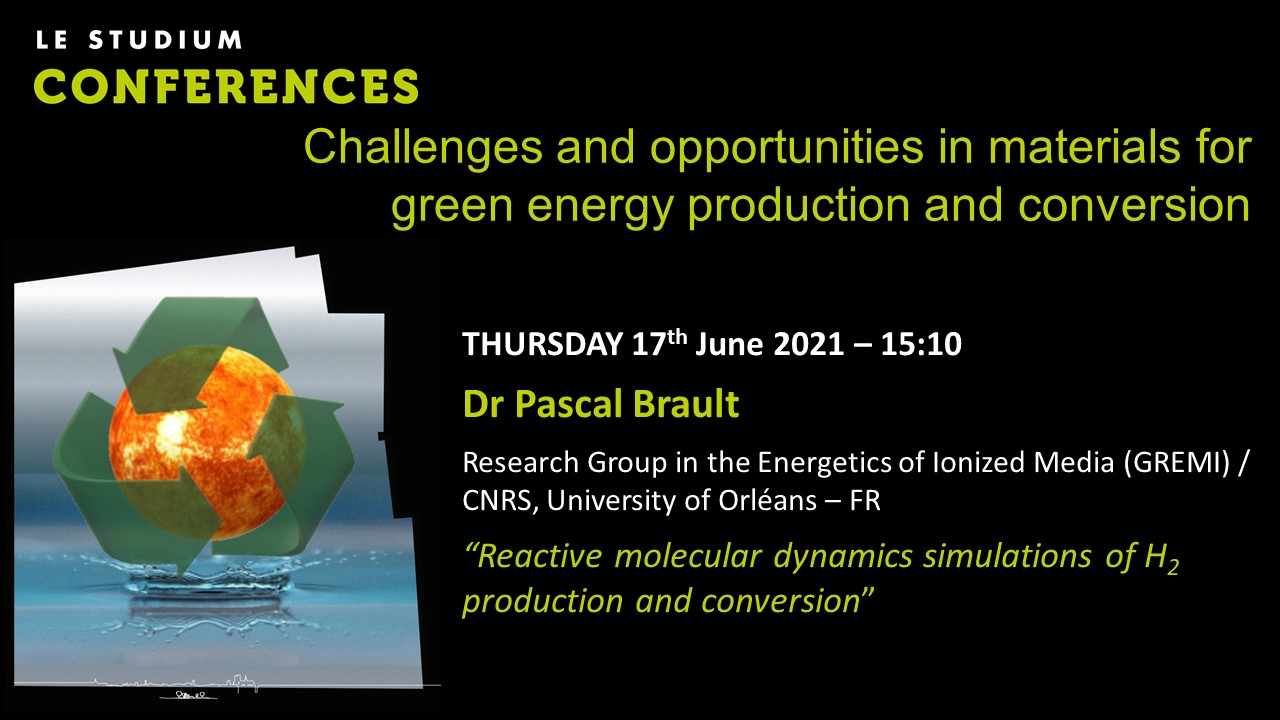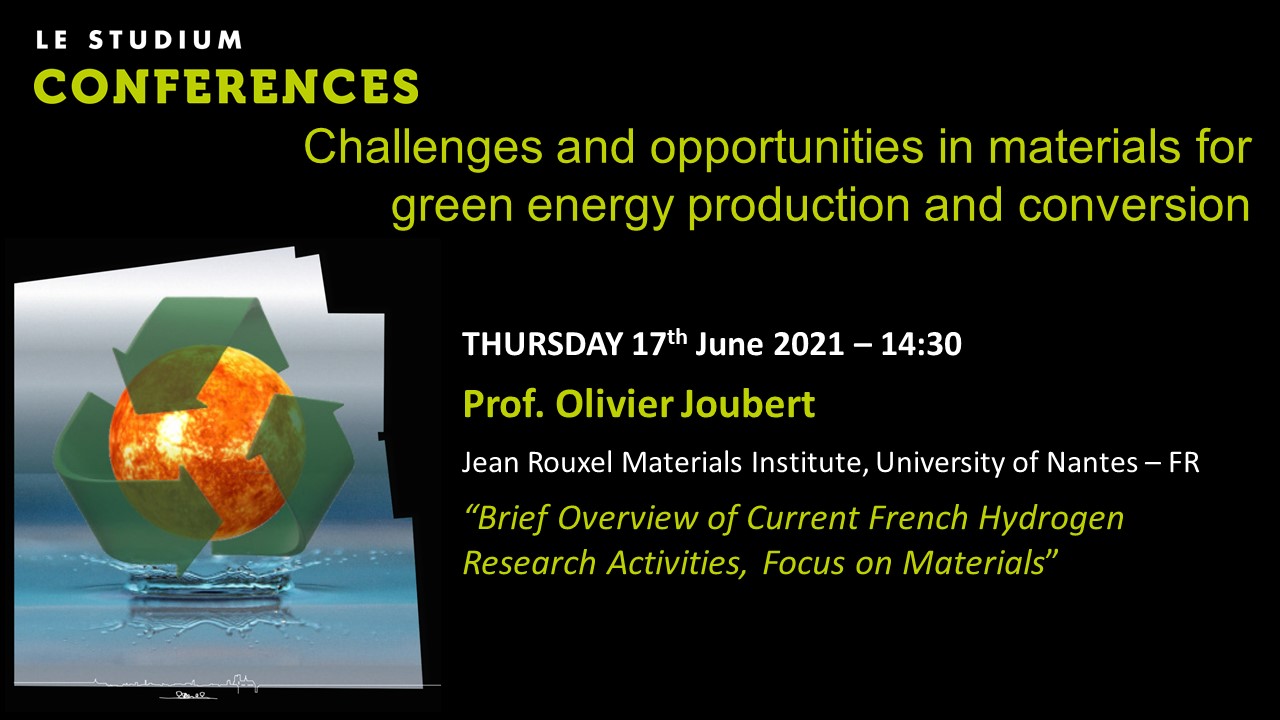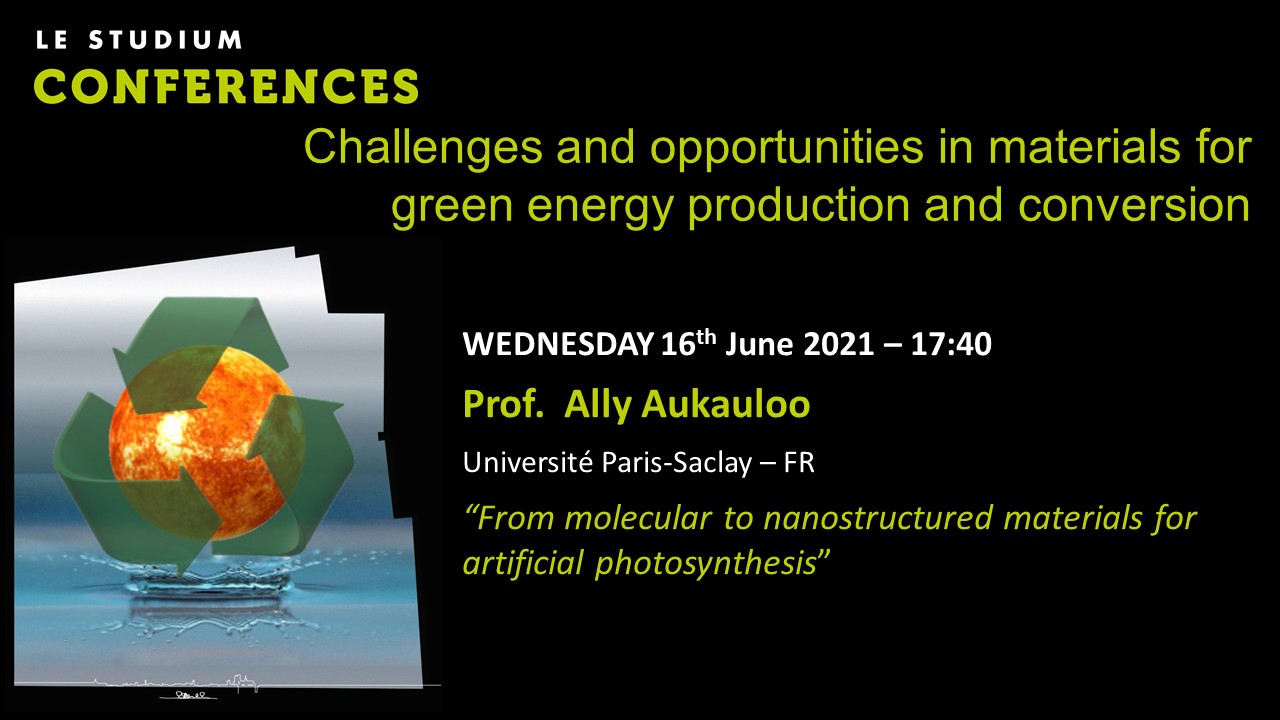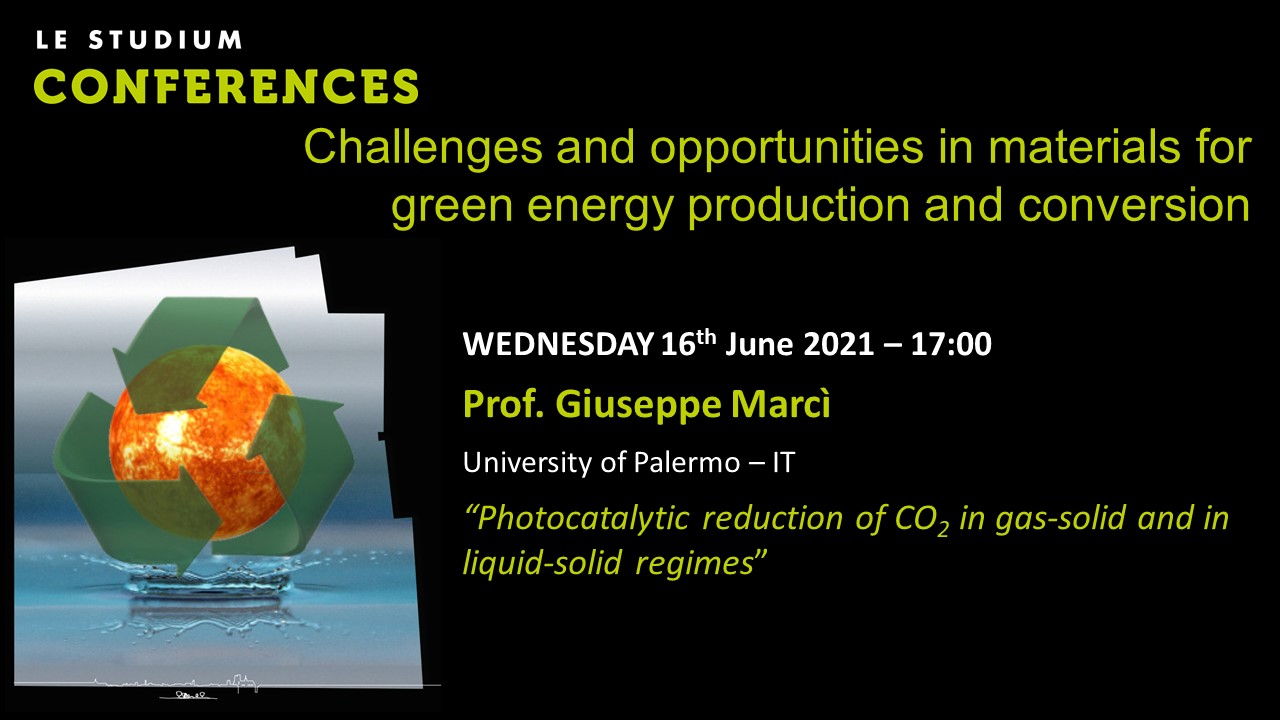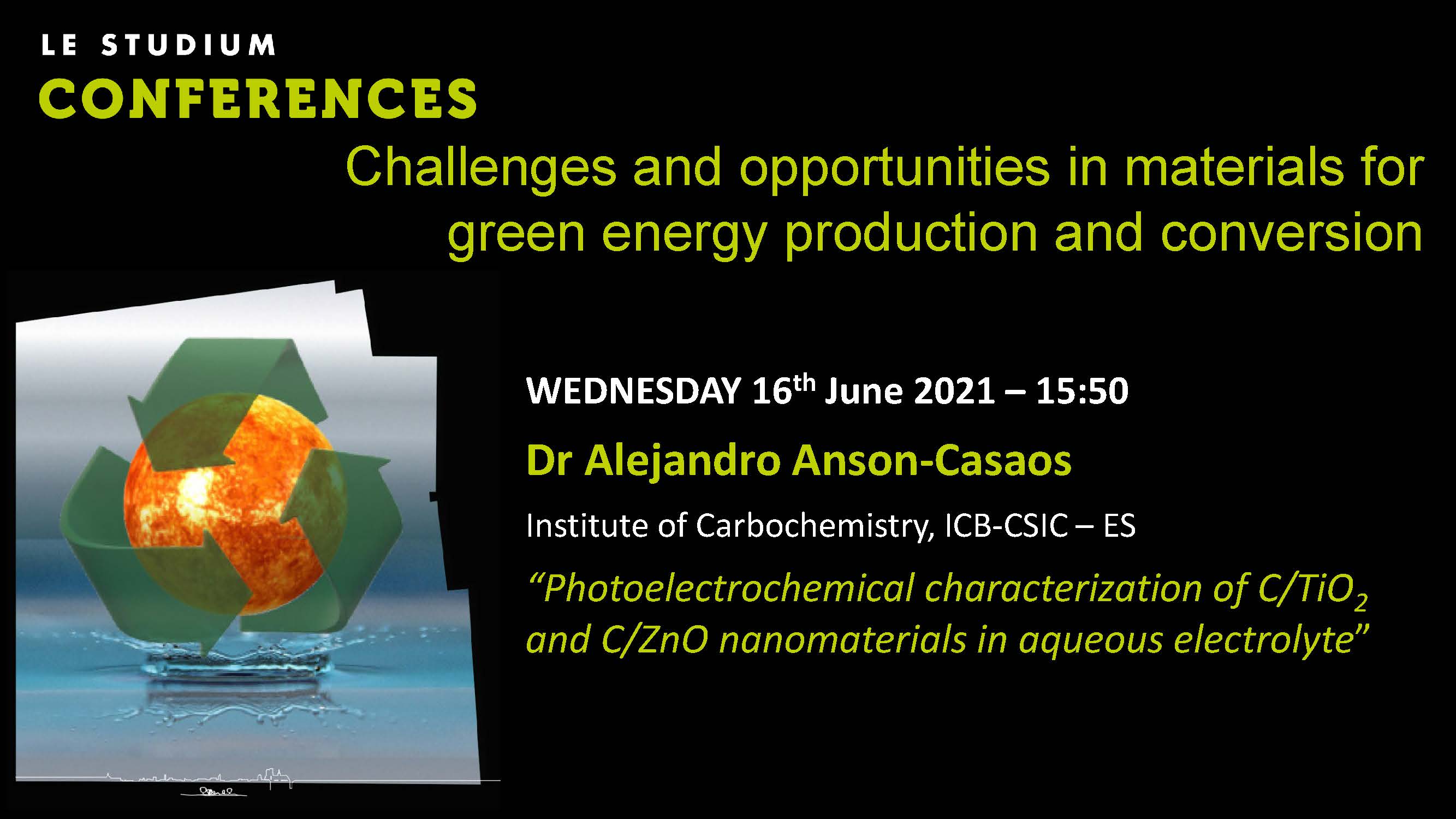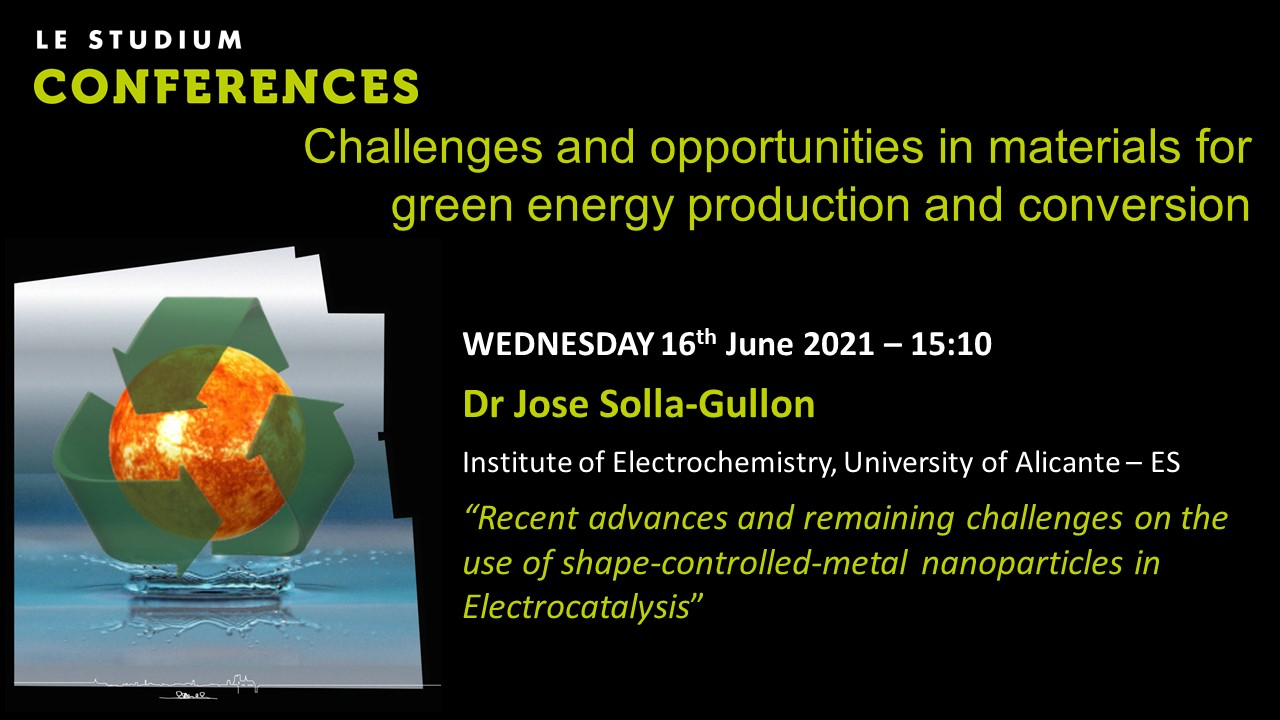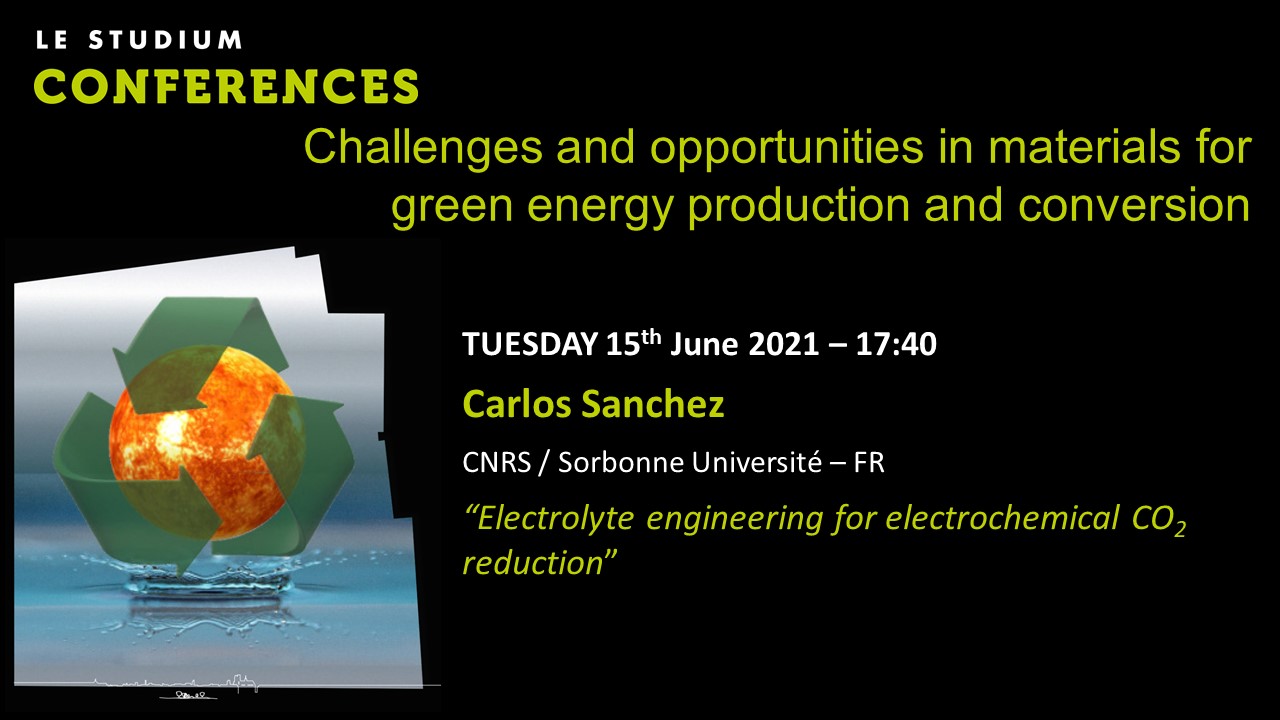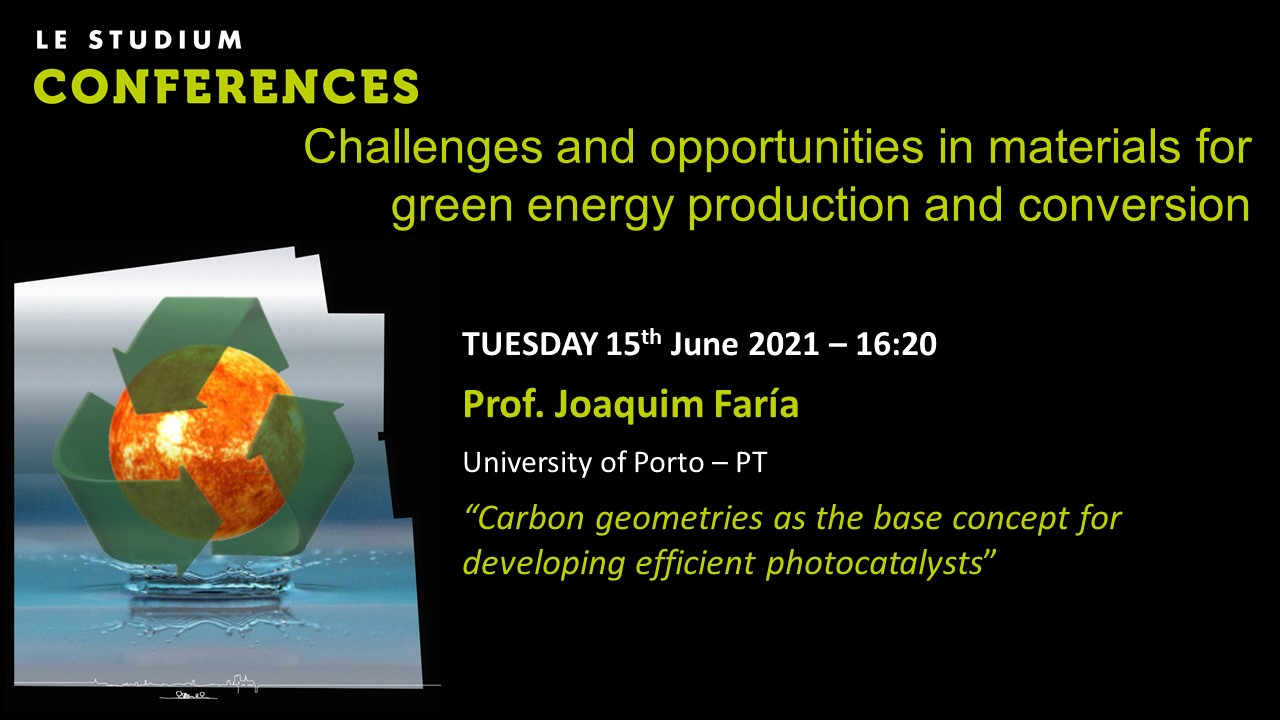Notice
Christel Laberty-Robert - Impact of Electrodes Nanostructuration on Photoelectrochemical Performances
- document 1 document 2 document 3
- niveau 1 niveau 2 niveau 3
Descriptif
Hydrogen ispresented by some industrialists and managers as a potential pillar of theecological transition, particularly in the context of transport(hydrogen-powered cars, hydrogen-powered trains, hydrogen-powered airplanes,etc.), the storage of energy from intermittent renewable sources or in industry(steel and chemical industries). Using hydrogen to decarbonize the economy onlymakes sense if it is produced in a decarbonized way. In this context, this talkwill focus on hydrogen production from renewable sources, solar and water. Theperformance (absorption of light, creation of photo-charges, their migrationand their reactivity with water) of the photoelectrodes depend strongly on thechemistry, structure and microstructure of the materials used. All thesephysical-chemical parameters can be trigger through a judicious control ofprocessing parameters. This talk will focus primarily on three differentprocessing approaches based on solution chemistry for synthesizing efficientand durable photo-electrodes (Mo-BiVO4, TiO2 and CuO/Cu2O).The performance of the photoelectrodes will be discussed as function ofstructure, microstructure (porosity, particle size, thickness) andhetero-structure. More importantly, for comparing the performance of the three TiO2polymorphs, a judicious photoelectrodes’ manufacturing is developed in order tosolely measure the impact of the structure keeping all the other parameters(porosity, thickness and particle size) constant.
Dans la même collection
-
Juan Matos - H2 production on 1D and 2D Carbon-containing Fe-, Co, and Ni-based foamy catalysts.
C-containing Fe-, Co-, and Ni-based catalysts have been synthesized from the controlled pyrolysis of saccharose. The topological properties of the 2D materials were significantly different from
-
Athanasios G. Konstandopoulos - Material and Reactor Technologies for Solar Fuels
The synthesis of carbon-neutral/zero-carbon footprint fuels via solar thermochemical processes (“Solar Fuels”) represents a promising approach for the realization of a sustainable energy future.
-
Sixto Malato - Solar photocatalytic hydrogen production at pilot scale
Solar energy is well-recognized as a sustainable and clean energy source. Among the various approaches to solar energy conversion, solar-driven hydrogen production is one of the most promising ways
-
Pascal Brault - Reactive molecular dynamics simulations of H2 production and conversion
Since H2 production and conversion efficiencies can be improved and monitored at the molecular scale, reactive molecular dynamics simulations (rMDS) are expected to be of great promise for
-
Olivier Joubert - Brief Overview of Current French Hydrogen Research Activities, Focus on Materials
Twenty years ago, the French scientific community working in the field of hydrogen, started to federate under the leadership of the CNRS. It took the form of successive Research Grouping (GdR)
-
Ally Aukaloo - From molecular to nanostructured materials for artificial photosynthesis
Inspired by chemical subtleties at the active sites of enzymes dealing with the CO2 management in our biosphere, we will discuss on how hydrogen bonding and electrostatic effects may thrive the
-
Giuseppe Marci - Photocatalytic reduction of CO2 in gas-solid and in liquid-solid regimes
The increasing CO2 level in the atmosphere is a global environmental problem; therefore, the development of efficient catalytic processes for CO2 reduction is a challenge. Heterogeneous photo
-
Alejandro Anson-Casaos - Photoelectrochemical characterization of C/TiO2 and C/ZnO nanomaterials in…
Carbon nanostructures, including single-walled carbon nanotubes, reduced graphene oxide, and carbon dots, are inserted in TiO2 and ZnO photoanodes with the aim of improving their activity. For the
-
José Solla-Gullon - Recent advances and remaining challenges on the use of shape-controlled-metal n…
The incorporation of shape-controlled metal nanoparticles in Electrocatalysis is contributing significantly to a better understanding of the correlations between surface structure and
-
Carlos Sanchez - Electrolyte engineering for electrochemical CO2 reduction
Ionic liquids (ILs) in electrocatalysis have attracted a lot of attention from the seminal work of Rosen et al. [1] where they achieved a relevant overpotential decrease for CO2 reduction reaction
-
Joaquim Faria - Carbon geometries as the base concept for developing efficient photocatalysts
During the past several decades' new carbon allotropes have been accounted for and synthesised. Many notable breakthroughs include exciting works on synthesis, functionalisation, characterisation
-
Geyla Dubed Bandomo - CO2 conversion with {Mn(CO)3Br} molecular sites into Covalent-Organic Framewo…
Effective large-scale CO2 conversion to fuels or value-added chemicals using renewable energies is critical to reduce our environmental impact [1]. To this end, better understanding of the CO2

